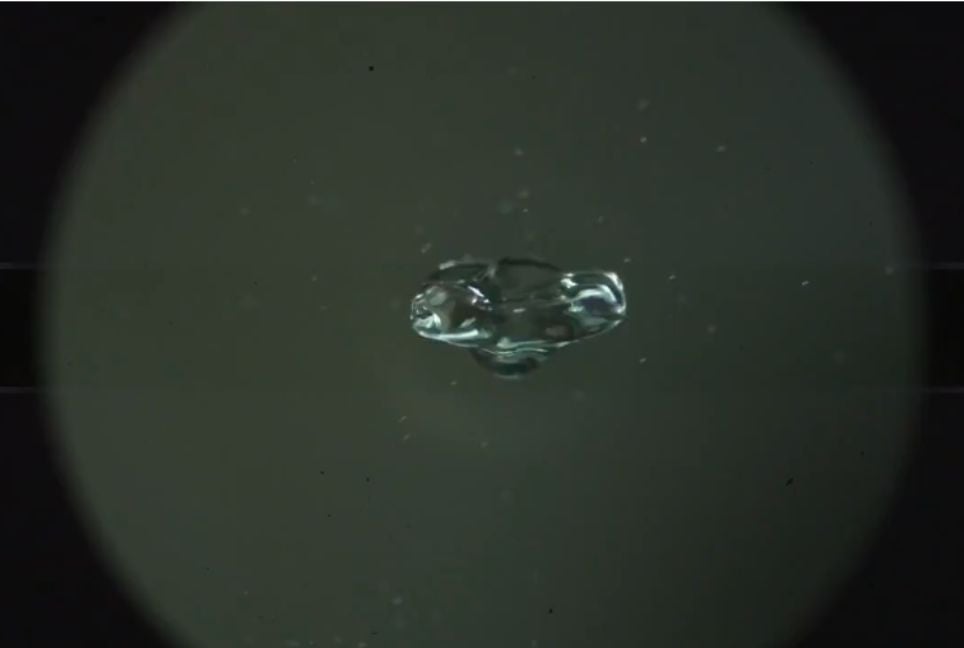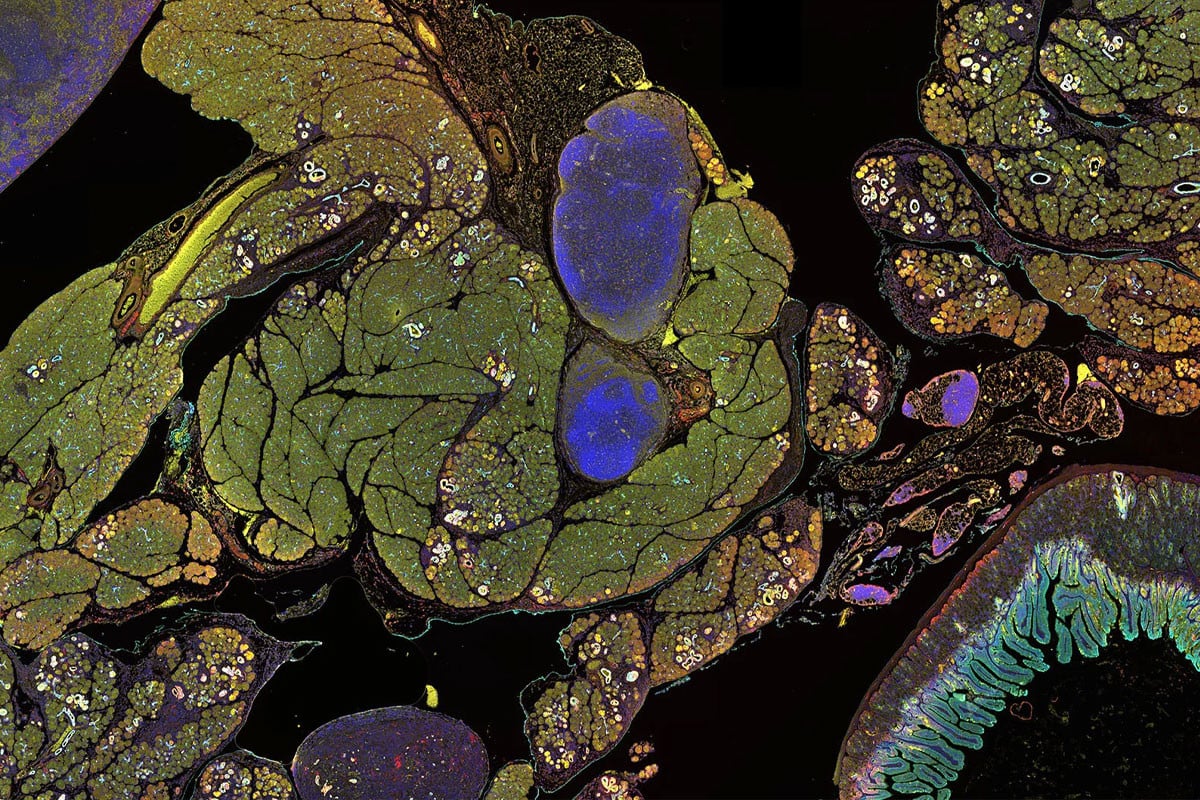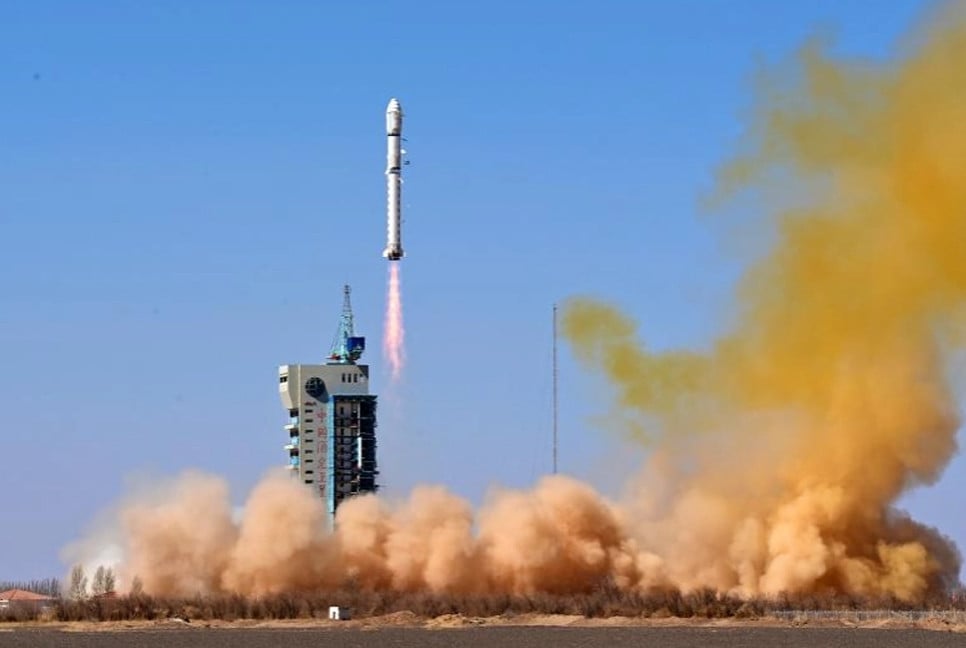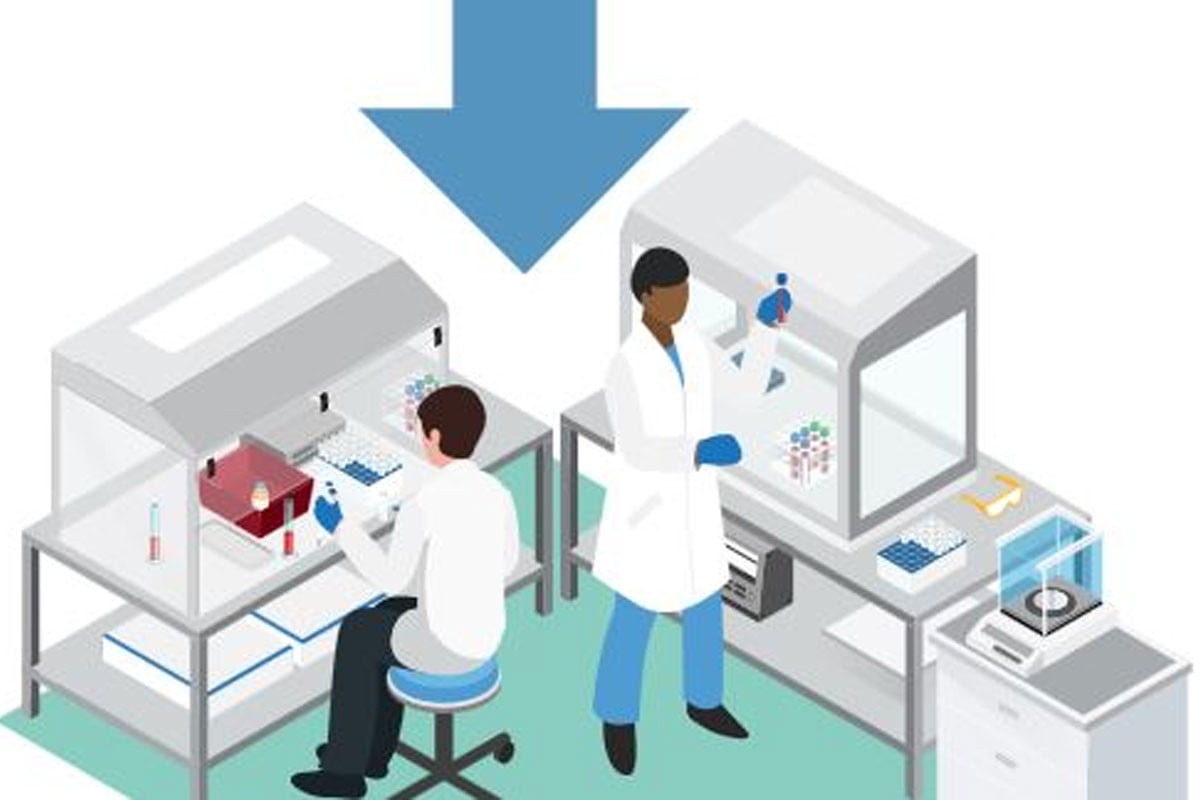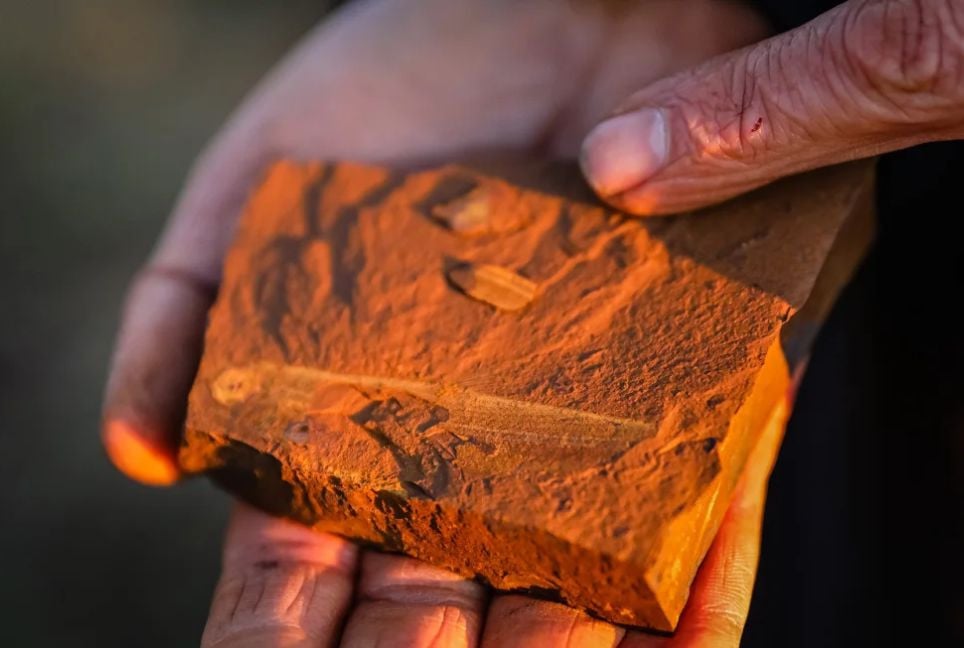Scientists have revisited a famous 1953 experiment and discovered a new possible way life could have started on Earth. Their research, published in Science Advances, suggests that tiny electrical discharges from mist droplets—called “microlightning”—might have helped create amino acids, the building blocks of life.
Life on Earth is believed to have originated over 3.5 billion years ago in a "primordial soup" of organic molecules. While earlier theories suggested lightning helped form these molecules, the new study proposes that much smaller electrical sparks between charged water droplets could have played a key role.
In 1953, chemists Stanley Miller and Harold Urey simulated early Earth's atmosphere and used electric sparks to create amino acids. Now, Stanford University professor Dr. Richard Zare and his team have expanded on this idea, showing that even microscopic electrical activity can generate similar organic molecules.
The researchers sprayed a gas mixture of ammonia, carbon dioxide, methane, and nitrogen with water mist inside a glass bulb. High-speed cameras captured tiny flashes of microlightning as electrons jumped between charged droplets. Analysis of the bulb’s contents revealed amino acids, including glycine, and uracil, a key RNA component.
Unlike large lightning strikes, which are rare and unpredictable, microlightning from mist would have been a constant source of energy, potentially creating organic molecules in pools and puddles. This mechanism could have contributed to life’s emergence.
However, the exact origins of life remain uncertain. Other theories suggest that life’s building blocks formed near deep-sea hydrothermal vents or arrived from space on comets.
While the mystery continues, the study highlights the importance of water in the evolution of life. As astrobiologist Dr. Amy Williams notes, "Perhaps falling water played a greater role in life’s origin than we previously recognized."
Source: CNN
Bd-pratidin English/FNC

